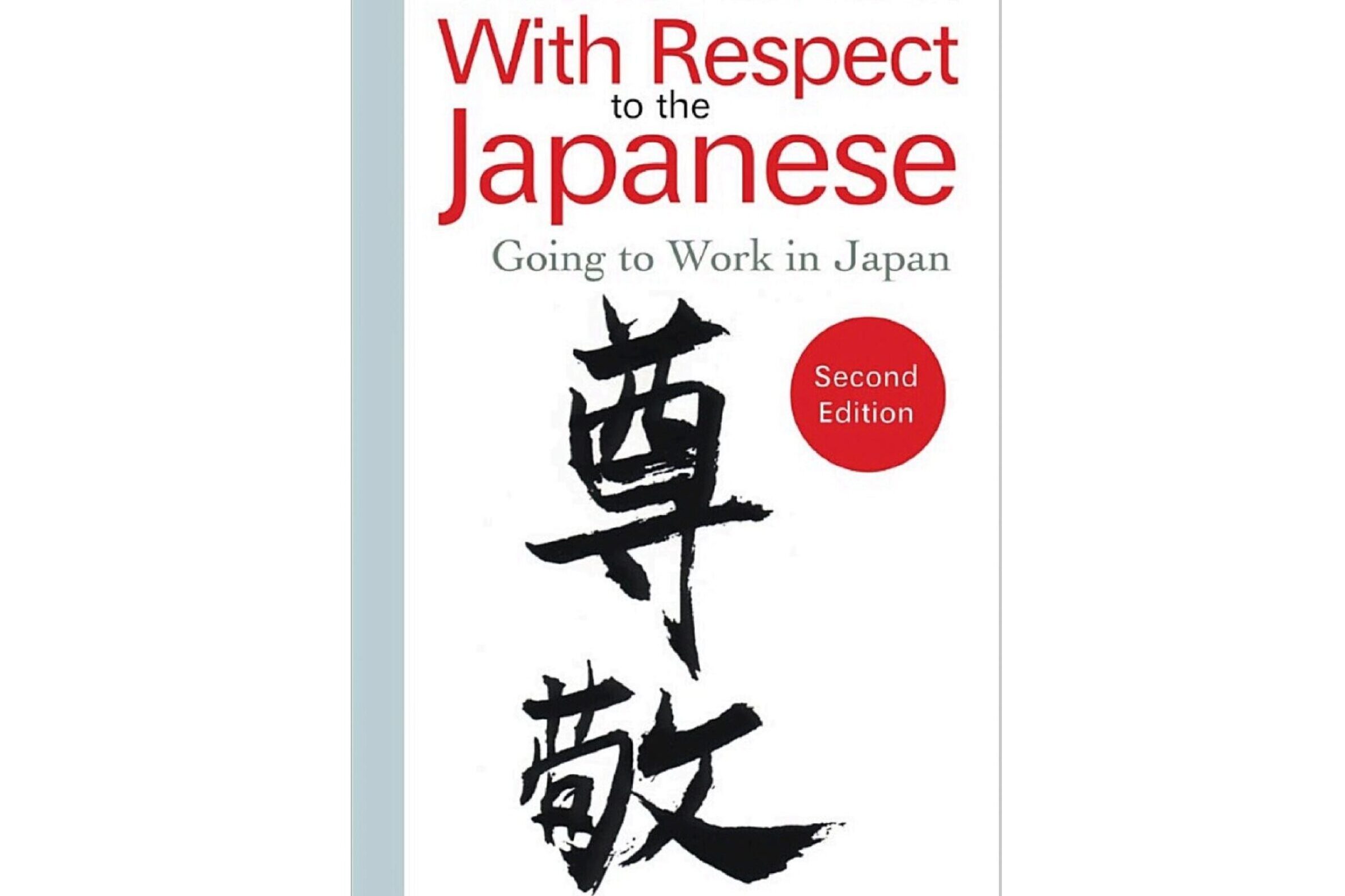
Review of “With Respect to the Japanese: Going to Work in Japan” by John C Condon and Tomoko Matsumoto
Articles, Book reviews, Working with JapaneseThis slim book is specifically aimed at non-Japanese who are going to work in Japan. Even more specifically, it is the experiences of American researchers who worked in the research and development departments of Japanese companies which provide much of the backbone of this book.
A wider audience will still find much of interest, however. I particularly liked the penultimate chapter “In Sync with the Rhythms of the Year”, which gives a month by month guide of life in a Japanese company. I have often tried to outline this in my training, and explain how essential it is to be in tune with those rhythms, both because almost all Japanese companies operate on the same April-March financial year, and because, as the book explains, animistic Shinto influences are never far from the surface. Even in high rise Tokyo office blocks, Japanese companies like to be in tune with nature and the seasons.
This chapter and the one after it – “Going to Work in Japan: Seven Suggestions” are the only chapters which are in the handbook / reference style that is more usual for this kind of text. There is a proper index, but otherwise each chapter is a dense text, with little in the way of diagrams, text boxes or case studies to break it up.
This is probably a legacy from the original edition, published in 1984. The content has clearly been substantially updated since then, to take account of the major changes that have happened in the Japanese workplace over the past thirty years. There was only one section which I felt could have benefited from further revision – regarding women administrative workers wearing uniform at work, and even foreign women being expected to wear this uniform too. My understanding is that this practice has largely disappeared, thanks to the Equal Employment Opportunity law of 1985, and the change in administrative work with office automation, as well as the need to bring women back into the workplace, including in management roles.
The other chapters, on the social order and hierarchy, high-context communication, indirect communication, sense of space, time and giving feedback are all thoughtfully explained and carefully detailed. Even though I have been working in or with Japanese companies for over twenty years, there were new insights for me. For example how what seem like pointless ritualistic meetings, drinking and dining sessions, working after hours, or group tours, are actually a way of achieving group synchrony, and a foreign member of the group who tries to duck out of this will be seen as selfish. I would have justified this in a more transactional way – that these group events are ways of building relationships with your colleagues, so they trust you enough to tell you what is really going on.
I suppose this relates to the discussion in Chapter 6 about “en” – a connection by destiny, something which is meant to be, but just what “it” is cannot be anticipated. I tried to explain to a British colleague once that the tedious factory visit and tour of the company museum were not an endpoint in themselves – nobody thought that she would be better at her job as a result – more that something, nobody could be sure quite what, might result from her joining this group activity. In the end she told me that indeed she had some very valuable discussions with a colleague on the bus to the factory.
This book has tried, and largely succeeded, in pinning down these elusive undercurrents of Japanese corporate life. If you are looking for a practical “top negotiating tips and etiquette” type handbook, then it would be better to look elsewhere.
Related articles
Book review: The Contest for Japan’s Economic Future: Entrepreneurs vs Corporate Giants by Richard Katz
This new book by economist Richard Katz presents a comprehensive theory for why the Japanese economy
Book Review: The Salaryman by Michael Howard
When I was in my twenties, I worked at the headquarters of a major Japanese bank in Tokyo. This bega
Defining Nemawashi
Similar to the phrase “getting everyone on the same page”, all decisions are made by group consensus




